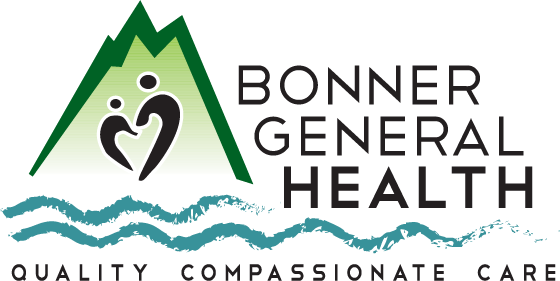By: Kathy Hubbard
“About 14 percent of children and teens in the U.S. either have high blood pressure or are headed toward it.” This is the lead sentence in an article published on the American Heart Association website. “New research suggests a need for greater prevention efforts earlier in life.”
Mayo Clinic explains that high blood pressure, aka pediatric hypertension, is when the child’s blood pressure is at or above the 95th percentile for children who are the same sex, age and height as your child.
“There isn’t a simple target range for high blood pressure in all children because what’s considered normal changes as children grow. However, in teenagers, high blood pressure is defined the same as for adults: A blood pressure reading greater than or equal to 130/80 millimeters of mercury (mmHg).”
In younger children, especially infants, high blood pressure is most likely caused by an identifiable medical condition. This is called secondary hypertension and is often related to renal (kidney) issues although other conditions such as endocrine (hormones) and vascular (circulatory) conditions may also be involved. In some cases, medications and sleep disorders are the culprits.
Primary hypertension is when there is no identifiable underlying cause and is more common in older children and adolescents. Basically, the reasons for them to develop high blood pressure are the same as it is for adults – excess weight, poor nutrition and lack of exercise.
“Hypertension can begin in childhood, and it’s a risk factor for heart disease and stroke,” said lead researcher Dr. Ahlia Sekkarie, an epidemiologist in the division for heart disease and stroke prevention at the Centers for Disease Control and Prevention in the AHA article mentioned above.
“It’s important to monitor blood pressure in youth, because young people with heart disease and stroke risk factors are more likely to have cardiovascular disease as adults. Childhood is a great time to learn healthy habits to reduce these risks,” she said.
The risk factors for developing primary hypertension, according to Mayo Clinic, are being overweight or having obesity; having a family history of high blood pressure; having type 2 diabetes or a high fasting blood sugar level; having high cholesterol; eating too much salt; being black or Hispanic; being male; smoking or being exposed to secondhand smoke; being sedentary.
It’s uncommon for high blood pressure to present symptoms. However, Mayo says that the following symptoms may indicate a high blood pressure emergency: headaches; seizures; vomiting; chest pains; fast, pounding or fluttering heartbeat (palpitations), or shortness of breath.
“If your child has any of these signs or symptoms seek emergency medical care,” they say.
Your child’s blood pressure should be checked by his or her pediatrician starting at age three, and at every appointment thereafter. “If your child has a condition that can increase the risk of high blood pressure — including premature birth, low birth weight, congenital heart disease and certain kidney problems — blood pressure checks might begin soon after birth,” Mayo says.
Hopkins Medicine says that if the child’s blood pressure is at or above the 90th percentile, testing should be repeated three times, “ideally by manual auscultation (using a stethoscope and a blood pressure cuff inflated by hand).
“Children who are diagnosed with hypertension should undergo blood and urine testing and kidney and bladder imaging, as well as imaging of the heart.”
Hopkins says that treatment should focus on the underlying cause. Children and their families should adopt a lifestyle that includes losing weight, if necessary; exercising daily; limiting sedentary activities; eating a regular diet of fresh vegetables, fruits and low-fat dairy; eliminating or limiting sugar-sweetened drinks; avoiding food high in salt; choosing low cholesterol food options and stopping smoking.
They stress that, “Children who are overweight or obese are more likely to be hypertensive. In addition, being overweight is sometimes the sole cause of a child or adolescent being hypertensive. Individuals who are overweight are also more likely to have other risk factors for heart disease like high cholesterol, diabetes and left ventricular hypertrophy (abnormal thickening of the heart). It is for this reason that ALL children with hypertension should develop heart healthy behaviors,”
Kathy Hubbard is a member of the Bonner General Health Foundation Advisory Council. She can be reached at kathyleehubbard@yahoo.com. This article was written for publication in the Bonner County Daily Bee on August 20, 2025.

